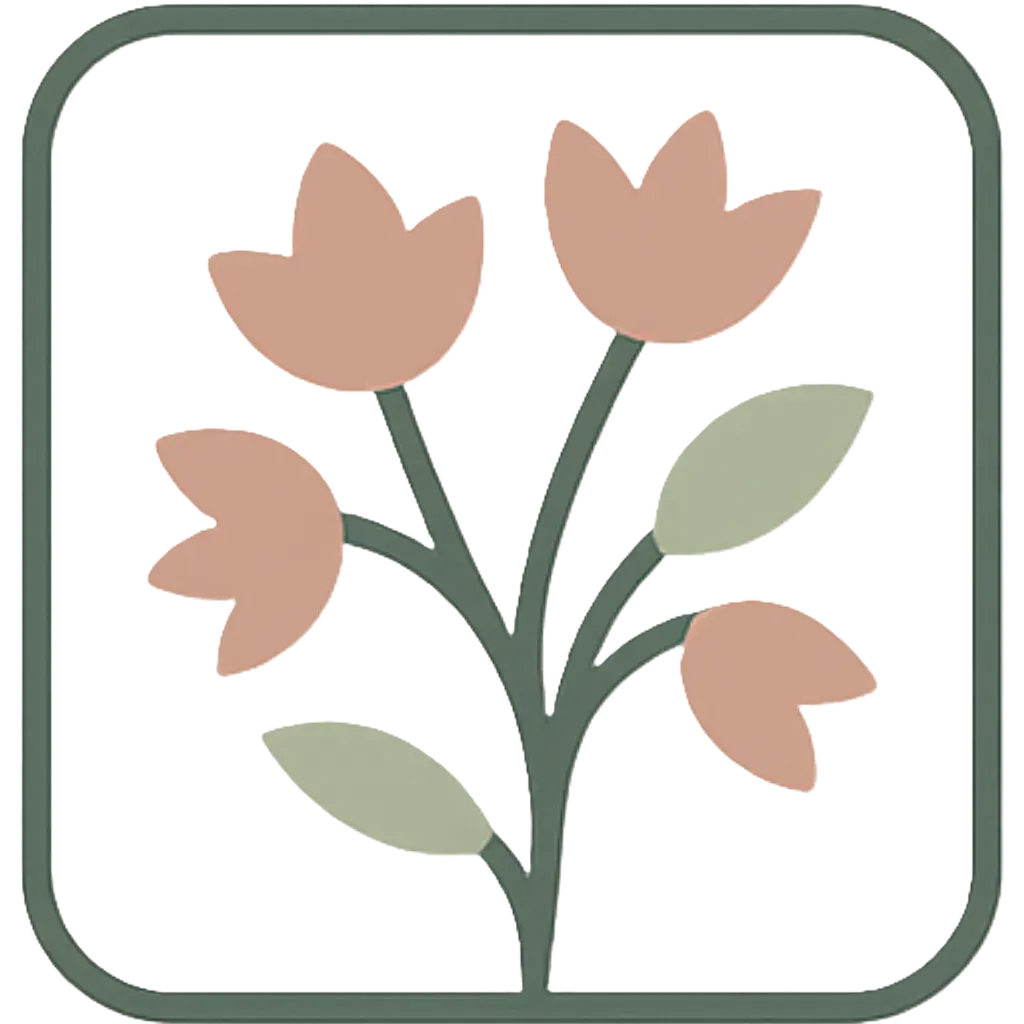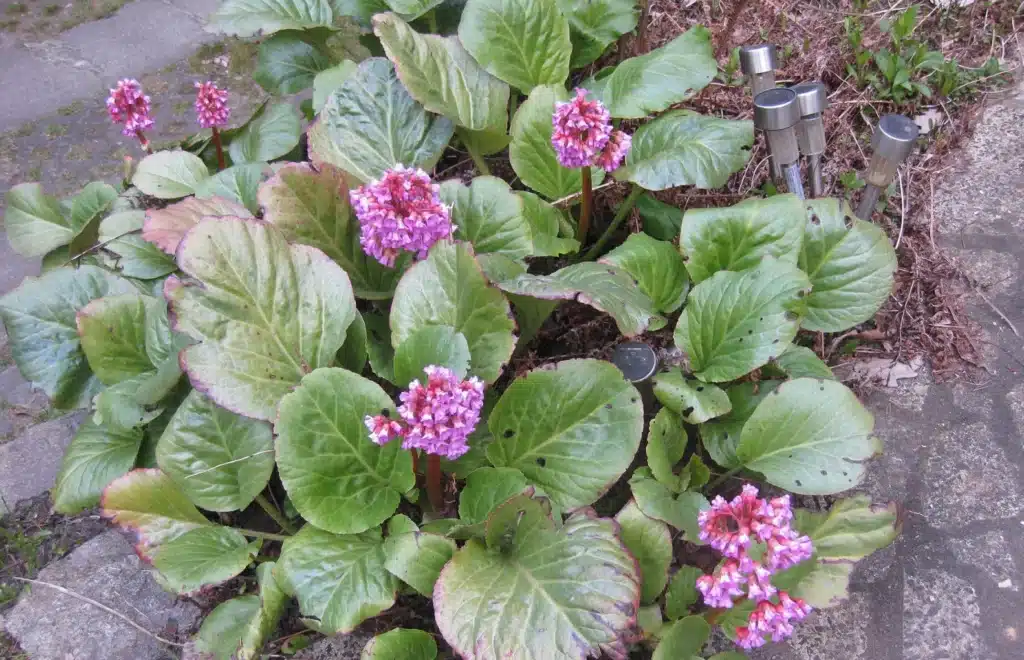Bergenia crassifolia, commonly known as badan, is more than just a beautiful ornamental plant. This hardy perennial has a rich history, celebrated for its medicinal properties. Gardeners often appreciate its vibrant leaves, but many may not realize the treasure trove of health benefits it holds. The plant's extensive use in folk medicine dates back centuries, making it a subject of intrigue for health enthusiasts and herbalists alike.

Useful Properties of Badan
The rhizomes of Bergenia crassifolia serve as the primary medicinal part of the plant. They contain a unique blend of compounds that contribute to their therapeutic effects:
- Rich in Healing Compounds: The rhizomes boast high levels of tannins and polyphenols. These natural compounds are known for their anti-inflammatory and antioxidant properties. Additionally, they contain arbutin, a glycoside that has shown benefits for various health conditions.
- Health Benefits of Badan Tea: Leaves collected after winter can be fermented to produce a tea known as Mongolian or chigirsky tea. Drinking this tea not only provides a pleasant taste but also helps restore energy and vitality.
- Medicinal Uses: Various preparations from badan—such as infusions, decoctions, and extracts—are known to:
- Exhibit anti-inflammatory effects
- Work as a bactericidal and antimicrobial agent
- Serve as an antiseptic and astringent
- Assist in lowering blood pressure and strengthening capillaries
This impressive range of benefits makes badan a popular choice in herbal medicine.
Common Applications in Herbal Remedies
Badans' medicinal properties make it suitable for treating a variety of ailments:
- Digestive Issues: Decoctions of rhizomes can be used for inflammatory diseases of the gastrointestinal tract, acting as an astringent and anti-inflammatory remedy.
- Gynecological Health: Infusions and aqueous extracts are often used in gynecological practice. They can aid in conditions like heavy menstruation and uterine bleeding.
- Respiratory Support: Folk medicine suggests using infusions to combat flu and colds, alleviating symptoms like headaches and sore throats.
- Skin Applications: Powdered dry rhizomes can be sprinkled on hard-to-heal wounds and ulcers, promoting faster healing.
Harvesting and Preparation of Badan
To maximize the medicinal benefits of badan, it’s essential to harvest and prepare it properly:
- Harvesting: Rhizomes should be collected during the months of July and August. This is when their medicinal properties are at their peak.
- Cleaning and Drying: After excavation, the rhizomes should be washed quickly with cold water, then dried in the open air before being stored. Proper drying is crucial, as it helps preserve the active compounds.
- Storage: When kept in a cool, dry place, dried rhizomes can last up to four years, providing a long-term source of herbal remedy.
Potential Risks: Contraindications to Badan
While badan holds numerous health benefits, certain populations should exercise caution:
- Constipation Concerns: Individuals prone to constipation might want to avoid internal use due to the astringent properties of the plant.
- Blood Clotting Issues: Those with tendencies toward blood clot formation should refrain from consuming badan, as it could exacerbate these conditions.
Summary Table of Characteristics and Benefits
| Characteristic | Benefit |
|---|---|
| High tannin content | Anti-inflammatory and astringent properties |
| Rich in polyphenols | Antioxidant effects and promotes overall health |
| Contains arbutin | Supports digestive health and skin healing |
| Easily prepared as tea and extracts | Accessible herbal remedy for various ailments |
Pros and Cons of Using Badan
| Pros | Cons |
|---|---|
| Natural anti-inflammatory properties | Some may experience digestive issues |
| Supports gynecological health | |
| Useful for respiratory ailments | |
| Long shelf life when stored properly |
Frequently Asked Questions (FAQ)
1. What parts of the badan plant are used for medicinal purposes?
The rhizomes are primarily used for their medicinal properties, though the leaves can also be utilized in tea.
2. How can I prepare badan for use?
Badan can be prepared as a tea, infusion, or decoction, depending on the specific health issues being addressed.
3. Are there any side effects associated with badan?
Some people may experience digestive issues if they consume it internally. It's best to consult a healthcare provider if you have concerns.
4. How long can I store dried badan rhizomes?
When stored in a cool, dry place, dried rhizomes can be kept for about four years.
In conclusion, Bergenia crassifolia offers a wealth of medicinal properties and potential health benefits. With its rich history in traditional medicine, badan has positioned itself as a versatile and valuable plant. However, as with any herbal remedy, awareness of potential contraindications is essential to ensure safe use. Whether sipping a warm cup of Mongolian tea or applying powdered rhizomes to a wound, badan represents the incredible healing capacity found in nature.

